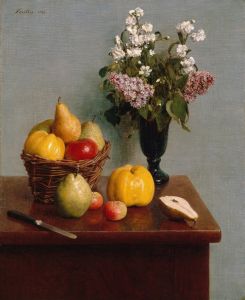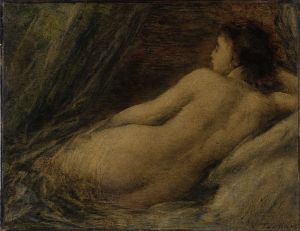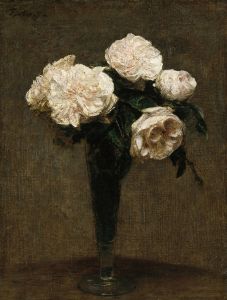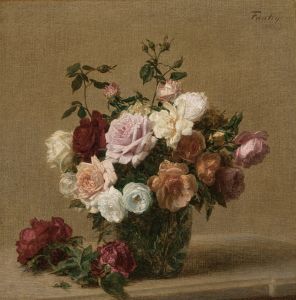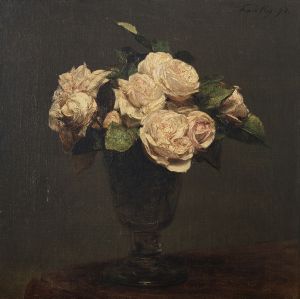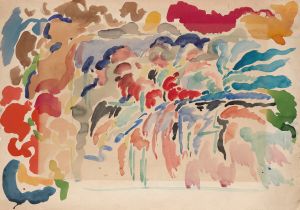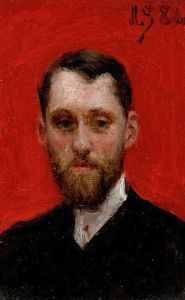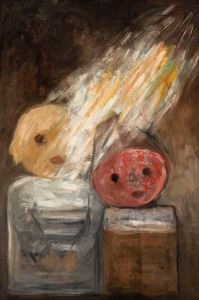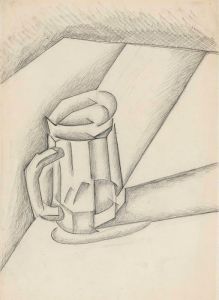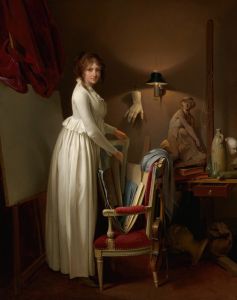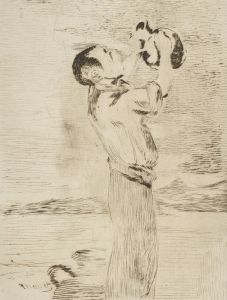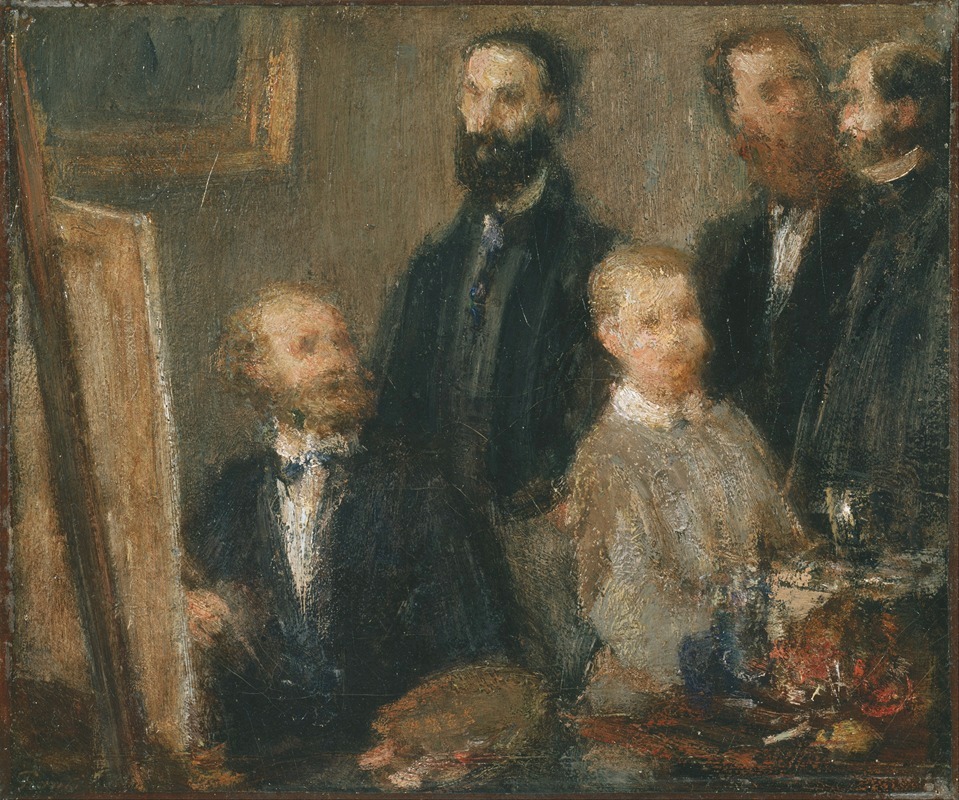
Manet in his Studio
A hand-painted replica of Henri Fantin-Latour’s masterpiece Manet in his Studio, meticulously crafted by professional artists to capture the true essence of the original. Each piece is created with museum-quality canvas and rare mineral pigments, carefully painted by experienced artists with delicate brushstrokes and rich, layered colors to perfectly recreate the texture of the original artwork. Unlike machine-printed reproductions, this hand-painted version brings the painting to life, infused with the artist’s emotions and skill in every stroke. Whether for personal collection or home decoration, it instantly elevates the artistic atmosphere of any space.
Henri Fantin-Latour's painting "Manet in his Studio" is a significant work that captures the essence of the 19th-century art scene in Paris. Fantin-Latour, a French painter known for his still lifes and group portraits, created this piece in 1870. The painting is a testament to the camaraderie and mutual respect among artists during this period, particularly within the circle of the Impressionists and Realists.
The painting features Édouard Manet, a pivotal figure in the transition from Realism to Impressionism, depicted in his studio. Manet was known for his modern approach to painting, often challenging traditional techniques and subjects. In this work, Fantin-Latour presents Manet in a contemplative pose, surrounded by the tools of his trade, which include canvases, brushes, and a palette. This setting not only highlights Manet's role as an artist but also emphasizes the intimate and personal space where creativity flourishes.
Fantin-Latour and Manet shared a close friendship, and this painting reflects the mutual admiration between the two artists. Fantin-Latour was known for his ability to capture the likeness and character of his subjects, and in "Manet in his Studio," he portrays Manet with a sense of dignity and introspection. The painting is executed with a subdued palette, typical of Fantin-Latour's style, which contrasts with the vibrant colors often associated with Manet's work.
The composition of the painting is carefully arranged to draw the viewer's attention to Manet's thoughtful expression. The background is filled with artistic paraphernalia, suggesting a space bustling with creative energy. This setting not only serves as a backdrop but also as a narrative element, providing insight into Manet's world and the environment that influenced his groundbreaking work.
"Manet in his Studio" is more than just a portrait; it is a historical document that offers a glimpse into the artistic milieu of the time. The painting reflects the spirit of innovation and the breaking of conventions that characterized the late 19th century. It also underscores the importance of personal relationships and intellectual exchange among artists, which were crucial for the development of new artistic movements.
Fantin-Latour's work is often associated with the Symbolist movement, although he maintained a unique style that combined realism with a lyrical quality. His portraits, including "Manet in his Studio," are celebrated for their psychological depth and technical precision. This painting, in particular, stands out as a tribute to Manet's influence and the enduring legacy of his contributions to modern art.
Today, "Manet in his Studio" is appreciated not only for its artistic merit but also for its historical significance. It serves as a reminder of the vibrant artistic community in Paris during the late 19th century and the friendships that fueled the creative endeavors of its members. The painting remains an important piece in the study of both Fantin-Latour's and Manet's careers, offering insight into their artistic philosophies and the cultural context in which they worked.





